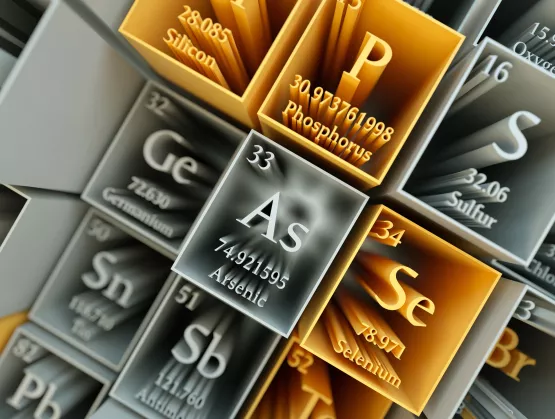
The semiconductor industry must do far more to educate the electronics supply chain on the subtle differences among various fluoropolymers, 30 SEMI member companies learned in an October 13 webinar organized by SEMI to help maintain a unified voice on the critical importance of per- and polyfluoroalkyl substances (PFAS) in semiconductor manufacturing. At the same time, producers and customers of the substances used in chipmaking should work more closely together to steer clear of adopting policies that could limit the availability of safe fluoropolymers and the semiconductor industry’s ability to use them in the future.
The insights were offered by representatives from the Performance Fluoropolymer Partnership – a group within the Washington, D.C.-based American Chemistry Council – on per- and poly-fluorinated substances including fluoropolymers. The Council is an industry trade association representing American chemical companies. Following are other key takeaways from the webinar.
- Fluorinated polymers and non-polymers are commonly found in components used in semiconductor manufacturing such as fittings, valves, tubes, O-rings, wafer carriers, filtration media, high purity air filters, greases and lubricants. The substances are ideal for use in corrosive chemicals, high temperatures and other harsh environments and are found in a variety of electro-technical components such as potentiometers, wiring, printed circuit boards and Lithium-ion batteries.

- Fluoropolymers are a diverse family of plastics also widespread in modern life, with applications ranging from food packaging and non-stick coatings on kitchen pans to rechargeable batteries for electric vehicles.
- The term PFAS (per- and poly-fluoroalkyl substances) covers more than 4,700 chemicals with diverse physical, chemical, environmental and biological properties and impacts. There are also significant differences among their chemical compositions. A careful appraisal of their risks and impacts should take into account any potentially hazardous properties, toxicity levels, their prevalence in the industry, and whether substitutes are readily available.
- Growing pressure from regulators worldwide threatens future access to fluorinated chemicals, increasing the importance of raising awareness on how to distinguish groups of chemicals and encouraging a measured approach towards eliminating only chemicals carrying the greatest risk.
- Fluoropolymer producers and opponents of the chemicals must look past their divergent interests to work together to voice common concerns to regulators.
Various SEMI working groups respond to public consultations when opportunities to present the semiconductor industry’s position arise. Individual group members communicate both among each other regarding new regulatory developments and also with external constituents through SEMI about the importance of chemicals to chip manufacturing. As with other sectors, the semiconductor industry continuously seeks to “green” its manufacturing processes. SEMI believes the commitment of the supply chain to these efforts is crucial to protecting the industry’s interests and driving innovation.
Olivier Corvez is senior manager of Environment, Health, Safety and Sustainability at SEMI.